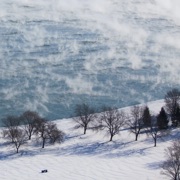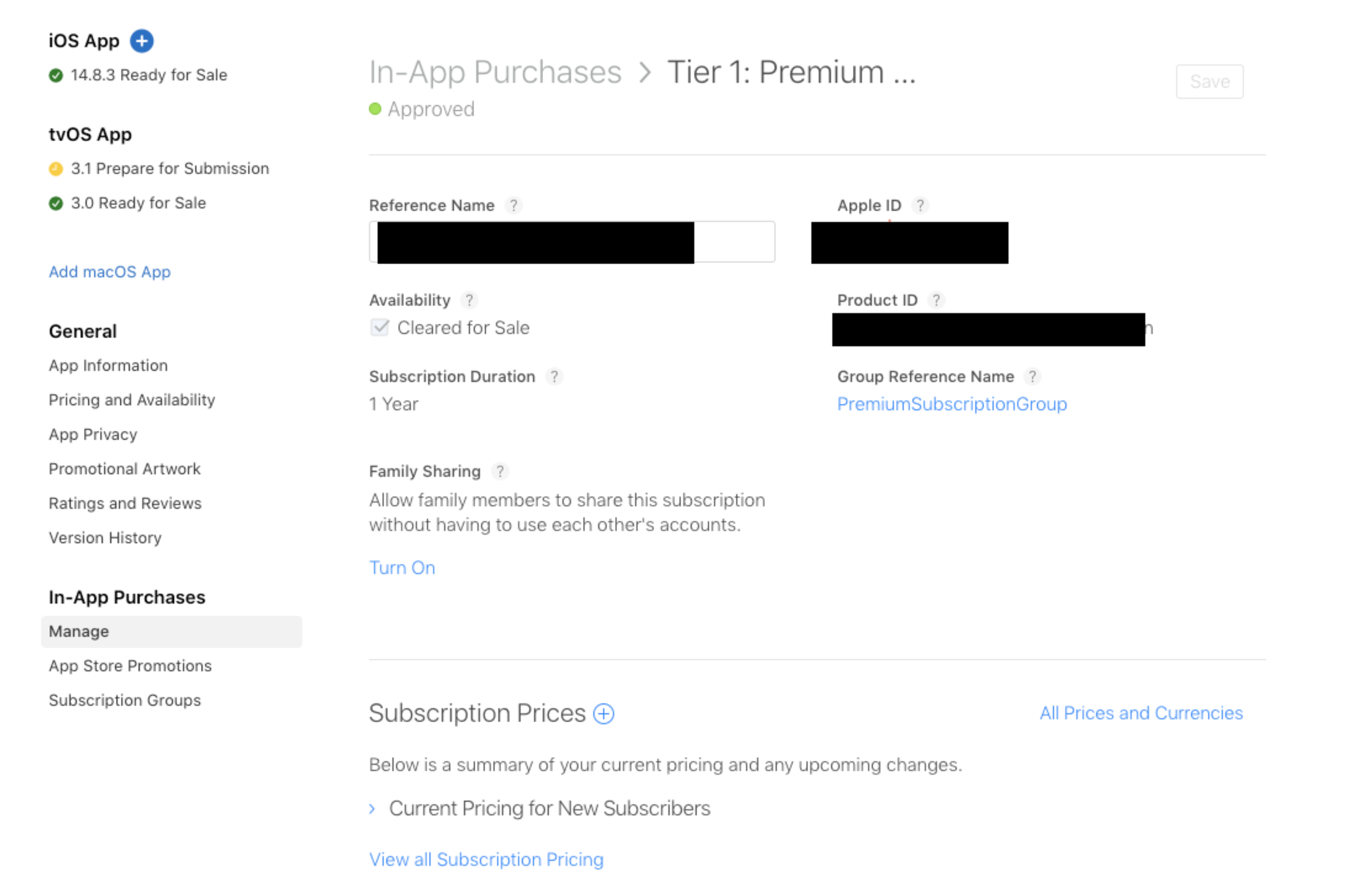AccuWeather meteorologists are available 24/7 to provide further insights and updates on evolving weather conditions. Please contact pr@accuweather.com during regular business hours, or support@accuweather.com or call AccuWeather’s Media Hotline at (814)-235-8710 at any time to arrange interviews with AccuWeather experts or to request the most updated graphics for print or broadcast.
First Major Heat Wave of the Year In The Southwest, Growing Risk of Wildfires
June 3, 2024
-
> AccuWeather RealFeel® High Temperatures of 110 degrees and higher are forecast in parts of California, Nevada, and Arizona this week
> ‘High’ risk of wildfires in parts of Arizona and New Mexico through Thursday
> ‘Moderate’ risk of wildfires in Florida this week due to expanding drought -
conditions
AccuWeather Global Weather Center – June 3, 2024
As AccuWeather has been forecasting for more than a week, the first big heat wave of the season will bring scorching temperatures and a high risk of wildfires to parts of the southwestern United States this week.
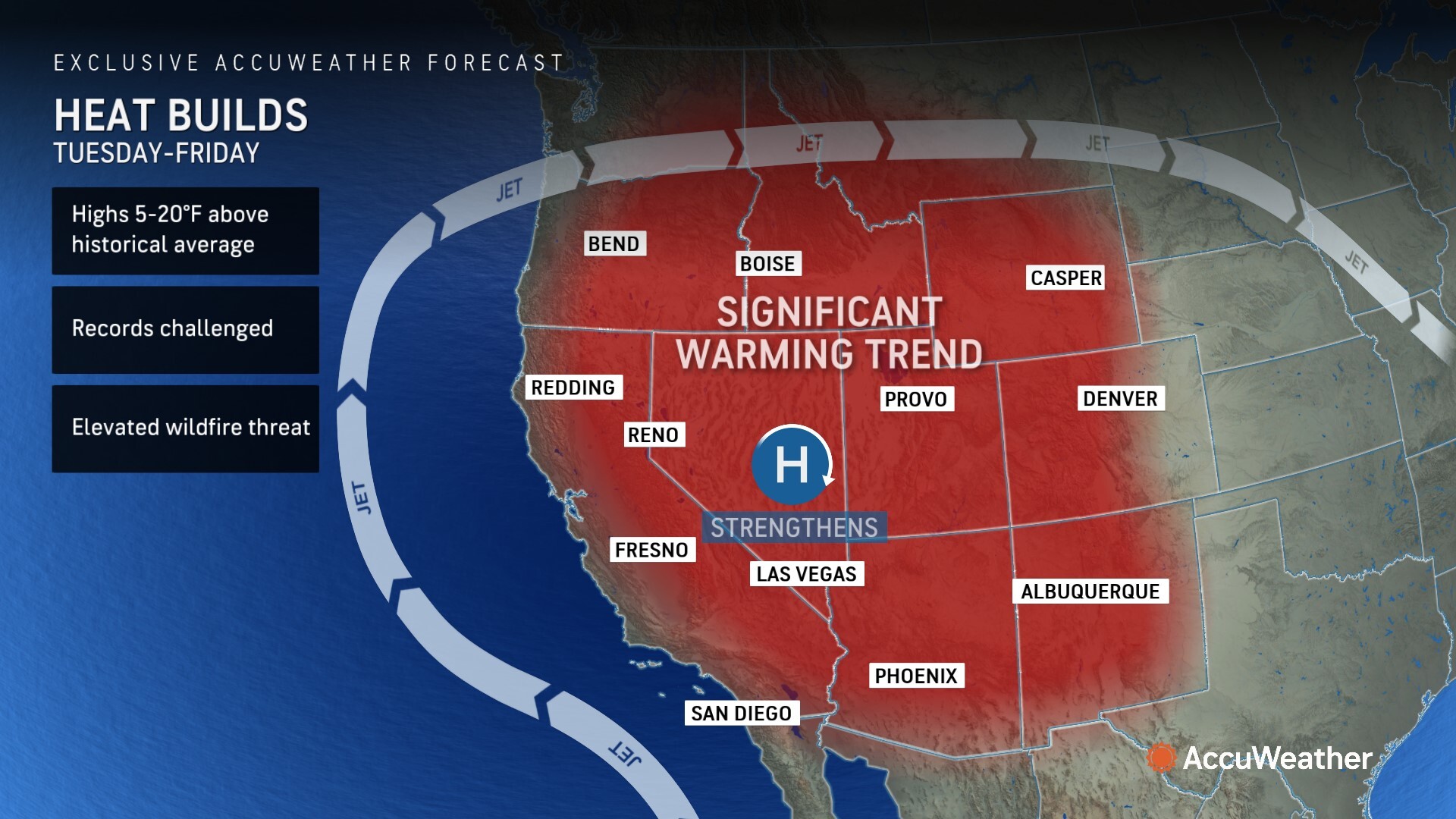
The warming trend will bring rising temperatures to parts of California, Arizona, New Mexico, Nevada, Utah, Colorado, Oregon, Idaho, and Wyoming between Tuesday and Friday. High-temperature records will be challenged, with temperatures forecast to climb 5 to 20 degrees above the historical average.
AccuWeather expert meteorologists say a bulge in the jet stream due to high-pressure building in the atmosphere and a storm offshore of California will allow the heat to build, without any shower or thunderstorm activity in much of the West.
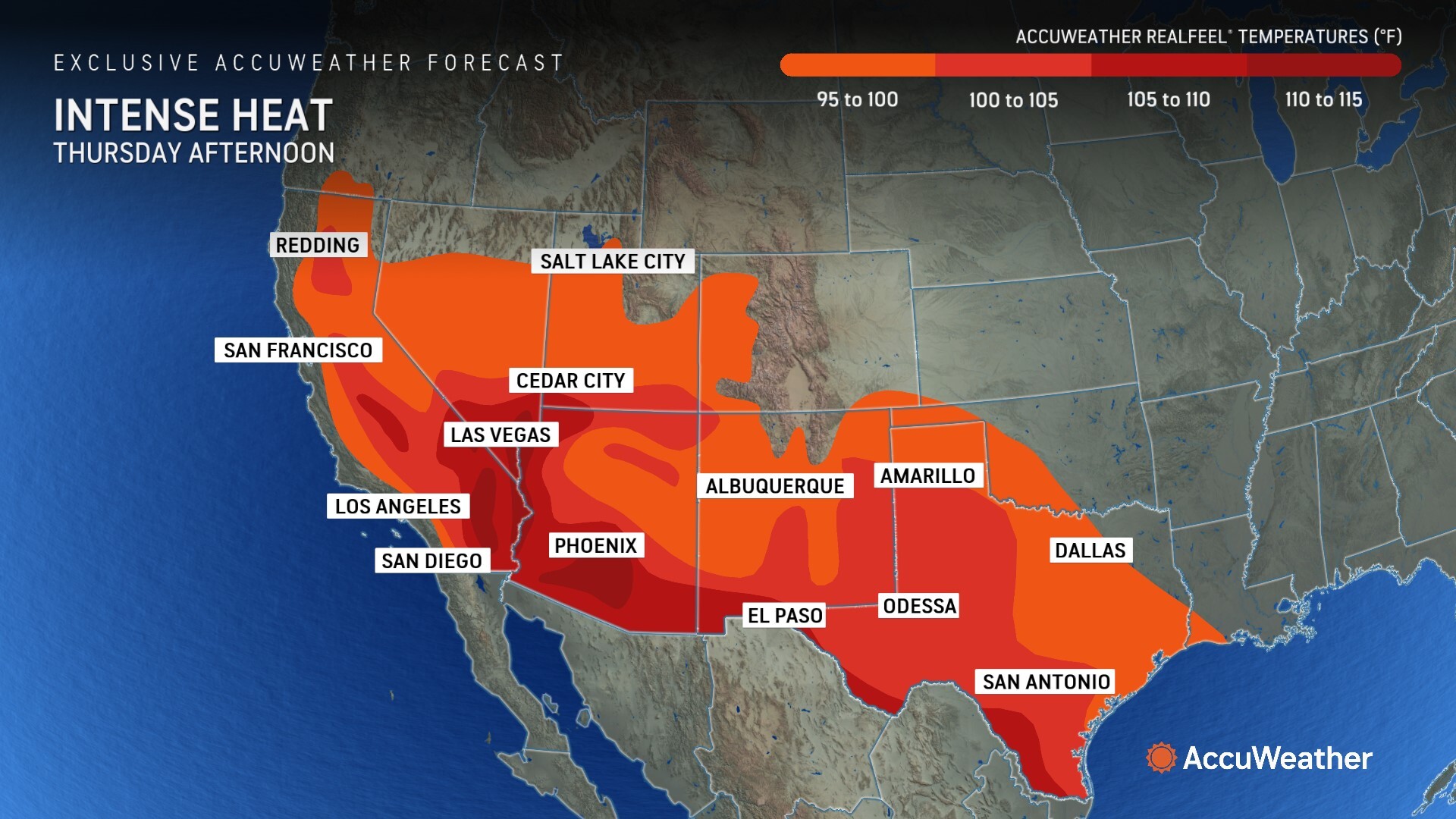
Millions of people in the Southwest will feel the intense heat later this week.
AccuWeather is forecasting a high temperature of 103 degrees on Tuesday in Sacramento, California, which would tie the record set in 1935.
AccuWeather is forecasting a high temperature of 112 degrees in Phoenix on Thursday and 113 degrees on Friday.
AccuWeather is forecasting a high temperature of 111 degrees in Las Vegas on Thursday, with an AccuWeather RealFeel® High forecast of 117 degrees.
In southwest Utah, AccuWeather is forecasting a high temperature of 108 degrees in St. George on Thursday. The AccuWeather RealFeel® High forecast in St. George is 112 degrees.
The daily record high temperature in Fresno, California will also be challenged on Thursday. The current record of 107 degrees was set in 1903. AccuWeather expert meteorologists are forecasting a high of 105 degrees in Fresno on Thursday with an AccuWeather RealFeel® High of 109 degrees.
“Additional locations across California’s interior Sacramento and San Joaquin valleys will match or set daily record highs through the week,” said AccuWeather meteorologist Alyssa Glenny.
People who are working and spending time outside in these areas are urged to stay hydrated, wear proper clothing and shoes, and take breaks in shaded or air-conditioned areas to avoid heat-related illnesses.
The AccuWeather 2024 U.S. Summer Forecast issued in March accurately predicted that hot and dry conditions would bake much of the Southwest and that the arrival of the monsoon would be delayed.
Growing Risk Of Wildfires
The sizzling heat and blazing sunshine will raise the risk of brush and grassfires from central and northern California, as well as a ‘moderate’ and ‘high’ risk of wildfires in parts of Arizona and New Mexico.
After two winter seasons with ample rainfall and snowpack, there is plenty of deep soil moisture in many places across California, but AccuWeather expert meteorologists warn that topsoil and quick-burning fuels like grass can dry out quickly.
A fire that sparked over the weekend near Tracy, California burned more than 14,000 acres and led to evacuations.
“The Corral Fire has become the first 10,000-acre fire this year in California,” said AccuWeather Meteorologist Brandon Buckingham. “Given the heat, dryness, and sunshine this week, there will likely be more fires breaking out that can quickly spread.”
Recent rainfall across much of the Northwest will keep the risk of wildfires low this week.
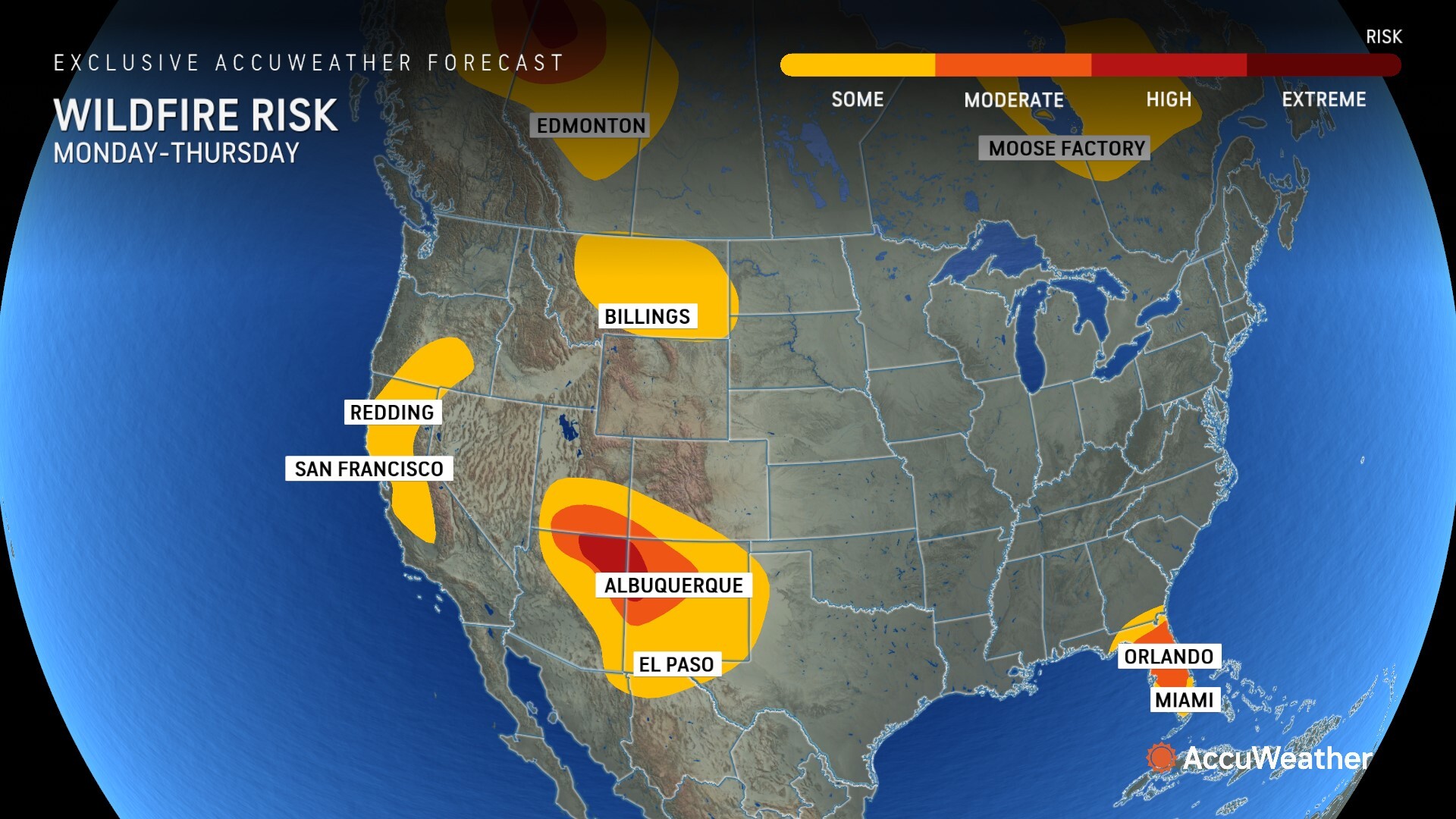
On the other side of the country, abnormally dry and drought conditions are also expanding in parts of central and south Florida.
AccuWeather expert meteorologists issued a ‘moderate’ risk of fires for much of the Florida peninsula, including Orlando and part of the Tampa Bay area.
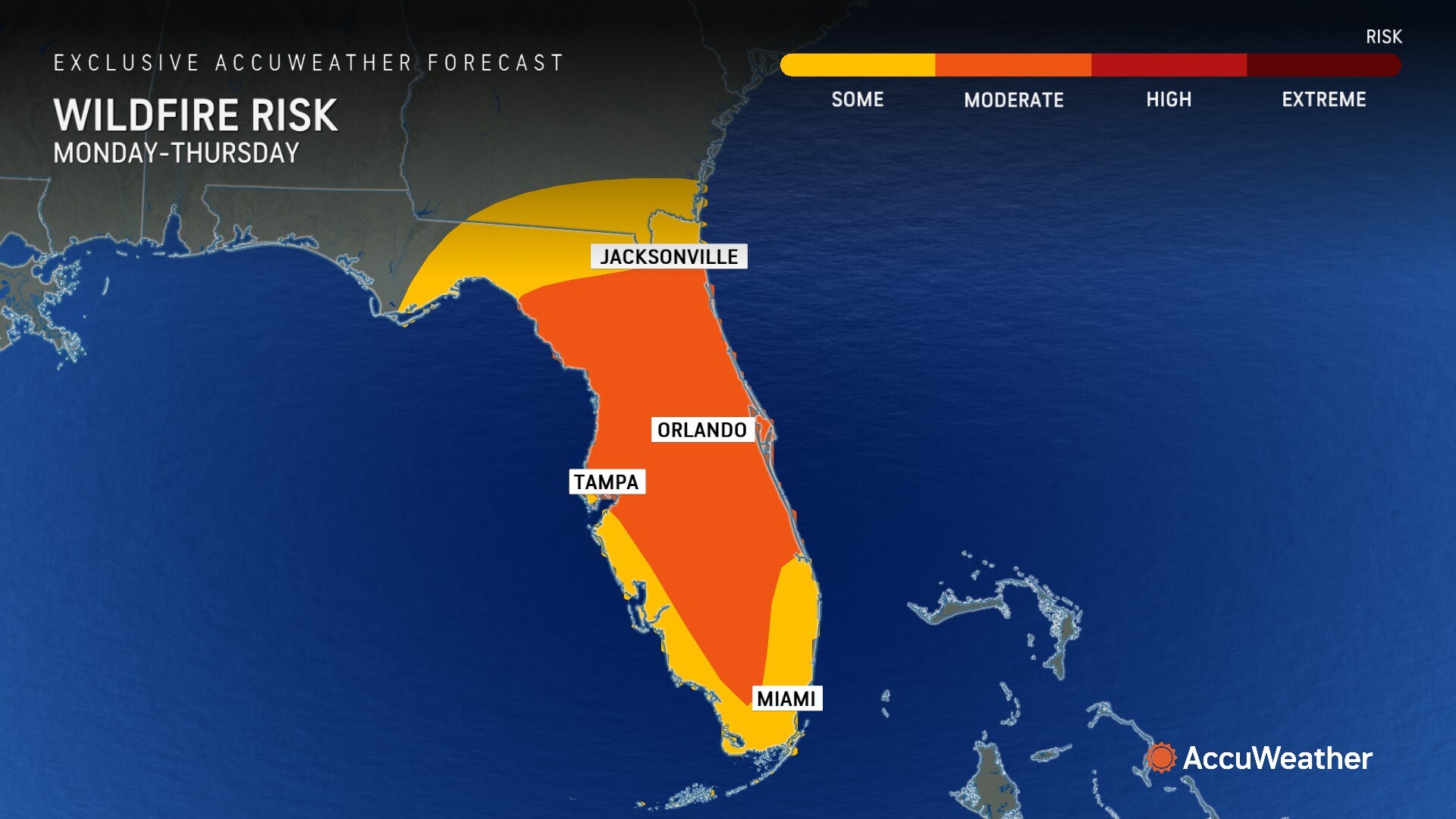
Additional AccuWeather Resources:



